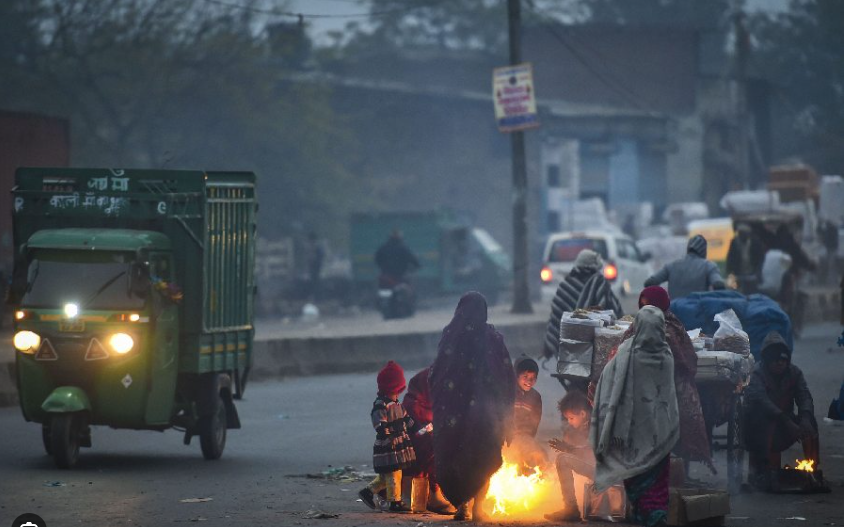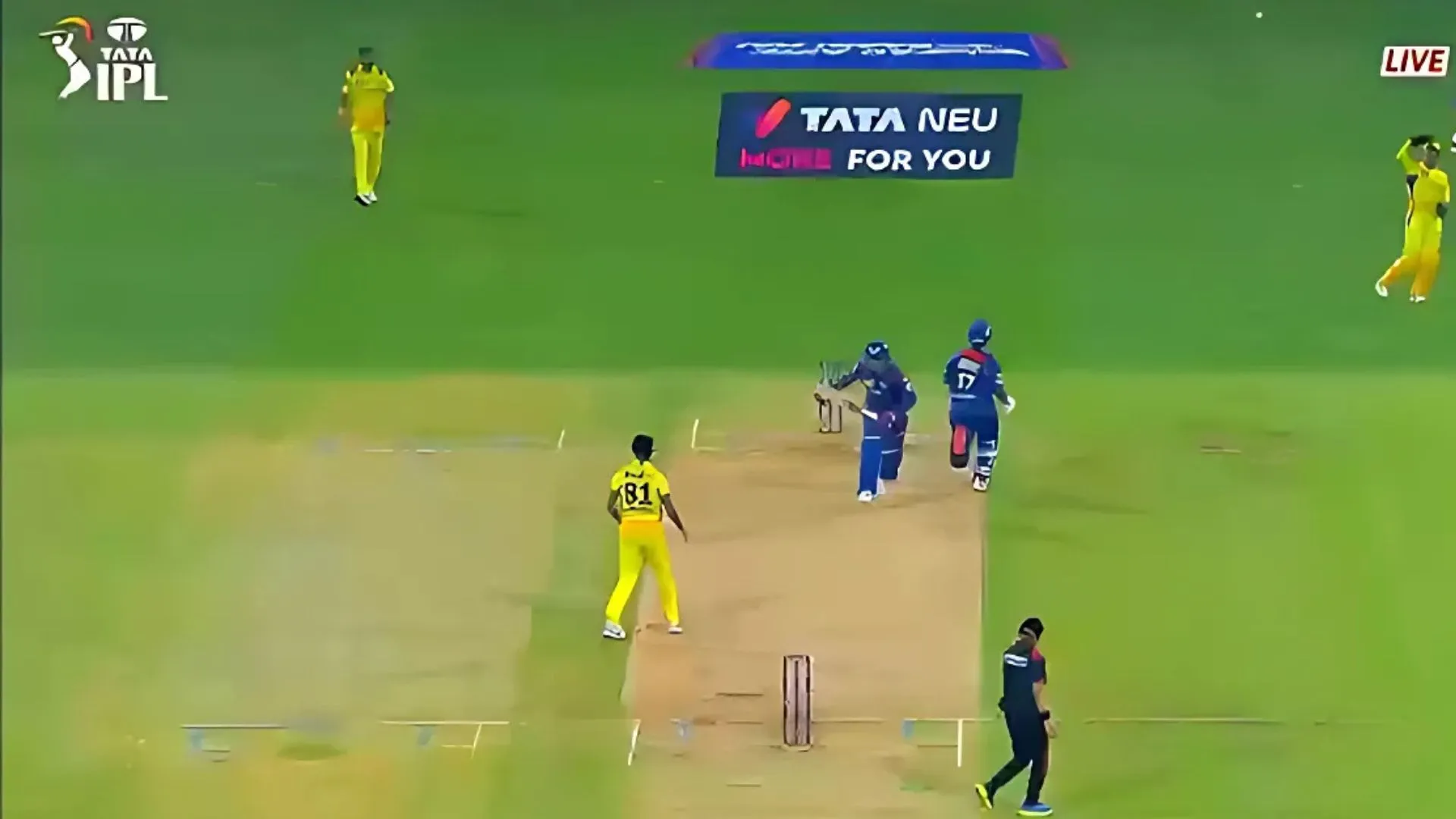A cold wave will affect Northern India, including Delhi, Punjab, Haryana, and Uttar Pradesh, from December 9 to December 14. The India Meteorological Department (IMD) forecasts light rain over the coming days due to a Western Disturbance, which will also bring snowfall to the northern hills. Additionally, Delhi’s air quality has deteriorated, and a significant drop in temperatures is expected. Dense fog on December 9 and 10 could disrupt travel.
Northern India, including Delhi, Punjab, Haryana, and Western Uttar Pradesh, is set to experience a significant cold wave starting December 9. The India Meteorological Department (IMD) has confirmed that temperatures will drop across the region, with Delhi’s minimum temperature expected to fall to around 3°C by December 10, down from its current 7°C. According to IMD scientist Naresh Kumar, temperatures in Delhi-NCR will begin to decrease after December 9 due to the ongoing Western Disturbance over central Pakistan and its surrounding areas.
Light to moderate rain is expected in the Himalayas today and tomorrow. Light rain is also expected in Punjab, Haryana, and Delhi, Kumar told ANI.
Western Disturbance Brings Light Rainfall and Snowfall
The ongoing Western Disturbance over central Pakistan and its surrounding areas is expected to bring light rainfall to Delhi, Punjab, Haryana, and other parts of northern India. The IMD has predicted light showers in these regions on December 8 and 9. Snowfall is also expected in the northern hills, which could further intensify the cold conditions.
“Temperatures may rise in Punjab, Haryana, and Delhi-NCR on December 8 and 9. After December 9, the temperature will decrease, and cold wave conditions may develop,” said Kumar, adding that the cold wave would first impact Rajasthan, followed by Punjab and Haryana.
Cold Wave Timeline and Areas Affected
The IMD has outlined the expected duration and areas of the cold wave. West Rajasthan will experience cold wave conditions from December 9 to December 14. From December 11, the cold wave will extend to Punjab, Haryana, Chandigarh, and West Uttar Pradesh. A cold wave is characterized by a sharp drop in temperatures compared to normal climatic conditions for a given area. Early signs of the cold wave are already visible, with Hisar in Haryana recording a low of 4.7°C, one of the coldest spots in the region.
Air Quality in Delhi Deteriorates
Along with the cold wave, residents of Delhi are facing deteriorating air quality. The Air Quality Index (AQI) in the national capital dropped to the ‘very poor’ category on December 8, reaching 302 at 4 pm. Despite this, the Supreme Court allowed the Commission for Air Quality Management (CAQM) to relax the GRAP Stage IV restrictions in Delhi-NCR, downgrading them to GRAP Stage II due to the improved air quality. However, GRAP Stages II and I will remain in effect across the region.
Night Shelters Set Up in Delhi Amid Freezing Temperatures
In response to the worsening cold weather, the Delhi government has set up night shelters across the city to provide relief to those in need. Shelters have been established at various locations, including AIIMS, Lodhi Road, and Nizamuddin Flyover. These facilities aim to protect vulnerable residents from the extreme cold that is expected to continue in the coming days.
Dense Fog Expected to Disrupt Travel in Northern India
Dense fog is also predicted to affect visibility across parts of northern India, including Delhi, Punjab, and Haryana, on December 9 and 10. The fog may impact transportation, leading to delays in both air and road travel. Travelers are advised to stay updated on weather conditions and take appropriate precautions to avoid disruptions.
(INPUTS FROM ANI)





















